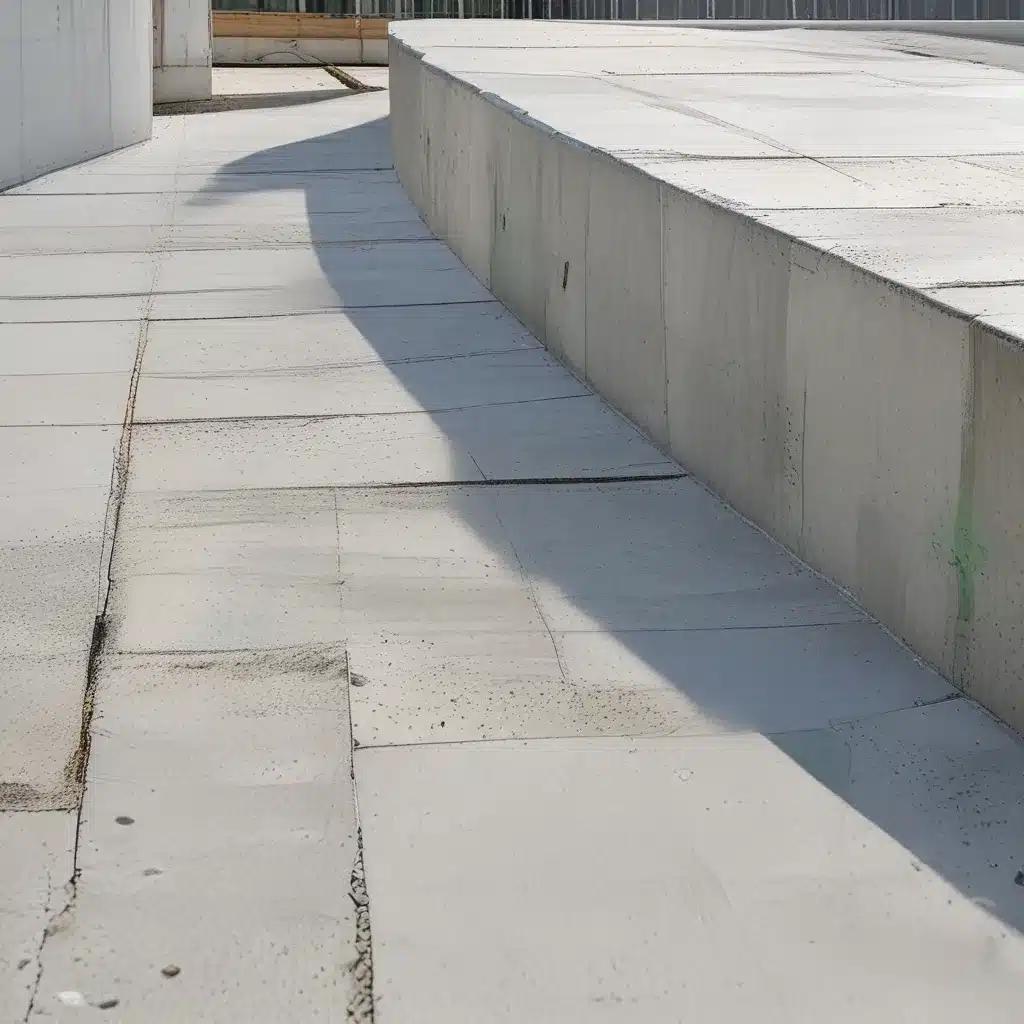
Unlocking the Secrets of Sustainable Concrete
As an engineer, I’ve always been fascinated by the intersection of innovation and sustainability. And let me tell you, the world of concrete is where the magic is really happening. From recycled aggregates to self-healing formulas, the pioneers in this industry are redefining what’s possible and paving the way for a greener future.
Breathing Life into Recycled Waste
One of the pioneering researchers making waves in the sustainable concrete realm is Professor Shahria Alam from the University of British Columbia’s Okanagan campus. Shahria’s work involves taking industrial waste, such as crushed concrete and glass, and transforming them into the building blocks of the future. By repurposing these materials, he’s not only reducing landfill waste, but also creating a new generation of concrete that’s more eco-friendly and cost-effective.
But Shahria isn’t just researching in the lab – he’s getting his hands dirty with real-world applications. In collaboration with local industry partners, he’s been testing his sustainable concrete formulas on construction projects right in the Okanagan Valley. And the results? Pure magic. The concrete is not only strong and durable, but it also has a significantly lower carbon footprint compared to traditional mixes.
Healing Cracks with a Touch of Innovation
But wait, there’s more! The sustainable concrete revolution doesn’t stop there. Researchers at universities around the world have been exploring the concept of self-healing concrete – a material that can literally mend its own cracks and fractures.
Imagine a world where roads and bridges never need repairs, or where buildings can withstand the test of time without constant maintenance. That’s the dream that self-healing concrete is bringing to life. By incorporating specialized bacteria or encapsulated healing agents into the concrete mix, these materials are able to detect and seal up cracks as they form, extending the lifespan of our infrastructure and reducing the need for costly and disruptive repairs.
Harnessing the Power of Biomimicry
Biomimicry, the practice of drawing inspiration from nature to solve human problems, is another area where sustainable concrete is making waves. Researchers have been studying the amazing self-healing abilities of certain organisms, like the cyanobacteria found in ancient rock formations, to develop even more resilient and adaptable concrete mixes.
Imagine a future where our buildings and roads can self-repair, like a living organism, responding to the stresses and strains of the environment. It’s a mind-bending concept, but one that’s becoming increasingly real thanks to the dedicated work of engineers and scientists around the globe.
Greening the Concrete Jungle
But the sustainable concrete revolution isn’t just about fancy new materials – it’s also about rethinking the way we design and construct our built environment. Take, for example, the concept of green roofs. By covering buildings with a layer of vegetation, these innovative systems not only absorb carbon dioxide and release oxygen, but they also help to regulate building temperatures, reducing the need for energy-intensive cooling and heating.
And the benefits don’t stop there. Green roofs can also help to manage stormwater runoff, mitigate urban heat island effects, and even provide much-needed green space in densely populated areas. It’s a win-win-win for the planet, and a testament to the power of sustainable engineering.
Empowering the Next Generation
But the real superheroes in this sustainable concrete revolution aren’t just the researchers and innovators – they’re the students. At the University of British Columbia, Shahria Alam is inspiring the next generation of civil engineers to think outside the box and tackle the sustainability challenges of the future.
“Every year I find a few undergraduate students from my civil engineering class who are highly motivated to pursue research on green construction materials,” Shahria says. “Through my website, I receive emails from students every day from different parts of the globe who want to join my research group.”
These students aren’t just learning about sustainable concrete – they’re actively shaping its future. By working alongside industry partners and local communities, they’re gaining real-world experience and making a tangible impact on the built environment around them.
The Future is Bright (and Green)
As I reflect on the incredible breakthroughs happening in the world of sustainable concrete, I can’t help but feel a sense of excitement and optimism. The future is bright, and it’s greener than ever before.
From recycled aggregates to self-healing formulas, the engineers and scientists leading this charge are redefining the boundaries of what’s possible. And with the next generation of innovators ready to pick up the torch, I have no doubt that the sustainable concrete revolution will continue to gain momentum, transforming our cities and communities into more resilient, eco-friendly spaces.
So, the next time you step out onto a sidewalk or drive over a bridge, take a moment to appreciate the incredible work happening behind the scenes. Because the future of concrete – and the future of our planet – is in good hands.

